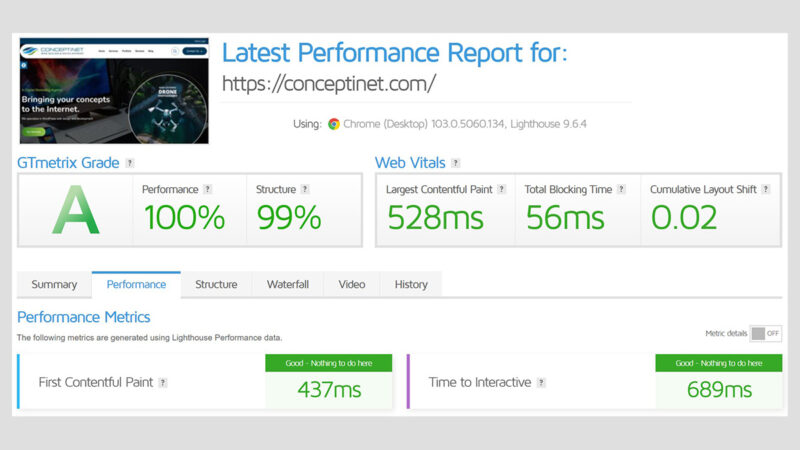
Website Speed is Crucial for User Experience
- The Impact of Slow Loading Times on User Engagement
- How Website Speed Affects Conversion Rates
- The Role of Website Performance in SEO Rankings
- Optimizing Website Speed for Mobile Users
- Best Practices for Improving Website Speed and Performance
Website speed has become a critical factor in determining the success of a website. Slow loading times can significantly impact user engagement, conversion rates, search engine rankings, and overall user experience. Therefore, optimizing website speed has become a top priority for businesses aiming to provide a seamless browsing experience to their users.
The Impact of Slow Loading Times on User Engagement
When it comes to user engagement, every second matters. Numerous studies have shown that users have a low tolerance for slow-loading websites, with most expecting a webpage to load within two to three seconds. Slow loading times harm user engagement, leading to higher bounce rates, lower page views, and decreased time spent on the website.
A website with a slow loading speed frustrates users, affecting their overall satisfaction. Users may abandon the page and seek alternatives that load faster, resulting in lost opportunities for businesses. With the increasing trend of mobile browsing, where users have limited attention spans and are often on the move, ensuring fast-loading websites becomes even more crucial.
How Website Speed Affects Conversion Rates
Website speed is vital in converting visitors into customers. A delay of just one second in load time may lead to a significant drop in conversion rates. Users who experience slow-loading websites are less likely to complete their intended actions.
Conversely, fast-loading websites have higher conversion rates and generate more business revenue. Studies have shown that improving website speed by just one second can result in a 7% increase in conversions. This data highlights the direct correlation between website speed and the success of online businesses.
The Role of Website Performance in SEO Rankings
Besides user engagement and conversion rates, website speed affects search engine optimization (SEO) rankings. Search engines consider website speed as one of the ranking factors in their algorithms. A slow-loading website may receive a lower ranking, decreasing organic traffic and visibility.
Search engines prioritize delivering the best user experience, and slow-loading websites contradict that objective. Websites with fast loading times are more likely to rank higher, leading to increased visibility and click-through rates.
Optimizing Website Speed for Mobile Users
With the increasing use of smartphones, optimizing website speed for mobile users is crucial for providing a seamless browsing experience. Mobile users often have slower internet connections and limited data plans, making it even more critical to reduce the loading times for them.
One effective way to optimize website speed for mobile users is through responsive web design. Responsive websites adapt to various screen sizes and resolutions, ensuring the content loads quickly and is visually appealing across all devices. Implementing image optimization techniques, such as compressing images specifically for mobile devices, can further enhance website speed for mobile users.
Best Practices for Improving Website Speed and Performance
It’s essential to implement best practices to optimize website speed effectively. Here are some strategies to improve website speed and performance:
-
Minimize HTTP Requests: Reduce the number of files and requests required to load a webpage by combining scripts and stylesheets and minimizing the use of external resources.
-
Optimize Images: Compress and resize images without compromising quality to reduce their file size. Utilize modern image formats, such as WebP, for improved compression.
-
Enable Browser Caching: Leverage browser caching to store static resources, such as CSS and JavaScript files, locally, allowing users to load pages faster upon subsequent visits.
-
Use Content Delivery Networks (CDNs): CDNs distribute website content across multiple servers worldwide, ensuring faster delivery to users by reducing latency.
-
Minify CSS and JavaScript: Remove unnecessary characters, whitespace, and comments to reduce file sizes and improve loading times.
-
Prioritize Above-the-Fold Content: Load the most critical content first to provide users with a faster initial experience.
-
Choose a Reliable Web Hosting Provider: Opt for a hosting provider that offers high-speed servers, sufficient bandwidth, and excellent uptime rates.
-
Regularly Monitor and Optimize: Continuously monitor website performance using tools like Google PageSpeed Insights or GTmetrix and make necessary optimizations based on their recommendations.
By implementing these best practices, businesses can significantly improve their website speed and provide a seamless browsing experience for their users, ultimately leading to increased engagement, conversion rates, and overall satisfaction.
In conclusion, website speed is crucial for user experience. Slow-loading websites can negatively impact user engagement, conversion rates, and SEO rankings. Optimizing website speed, especially for mobile users, is critical for businesses success. By implementing best practices for improving website speed and performance, businesses can ensure a fast and responsive browsing experience, resulting in higher user satisfaction and better business outcomes.
